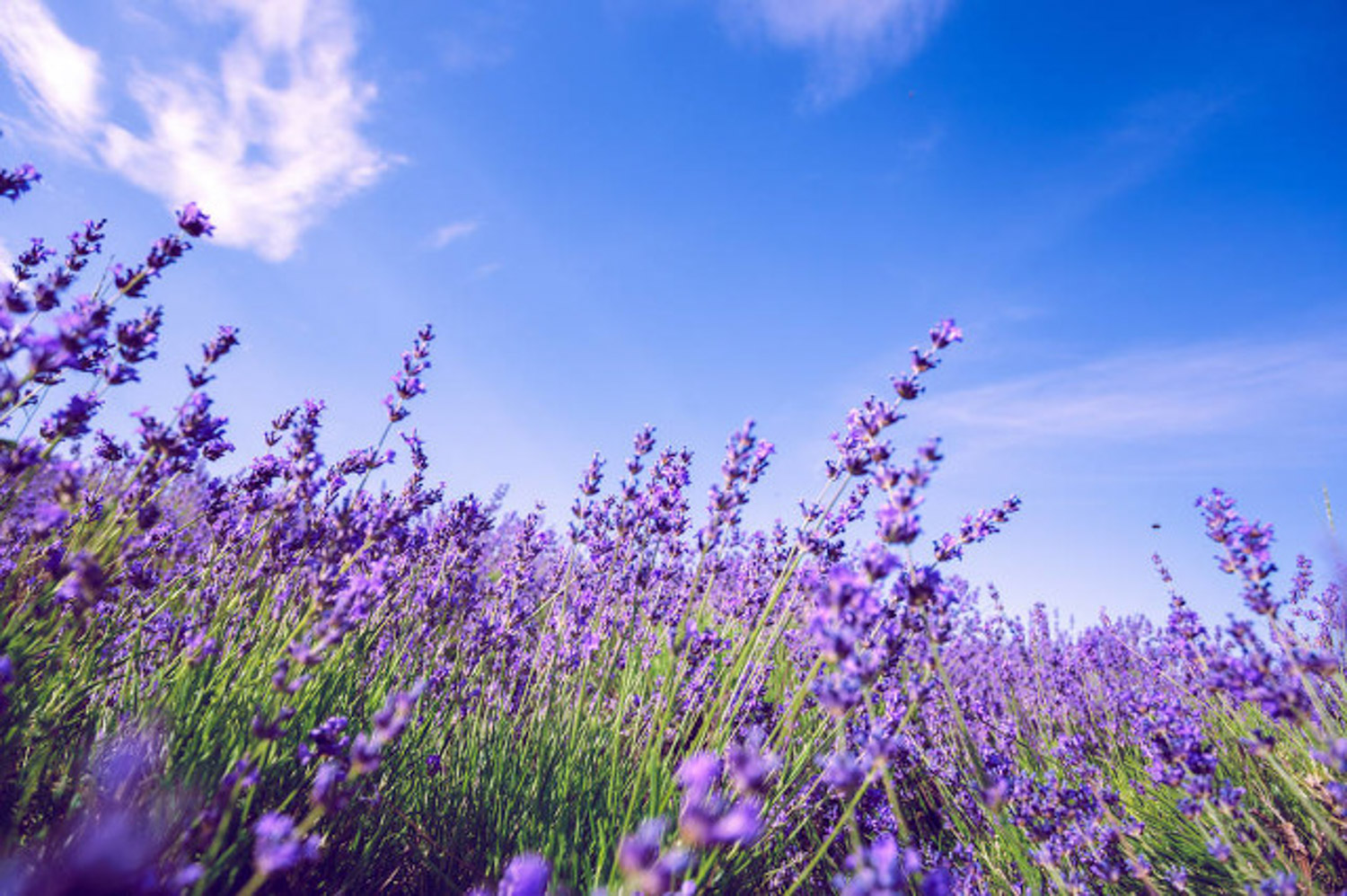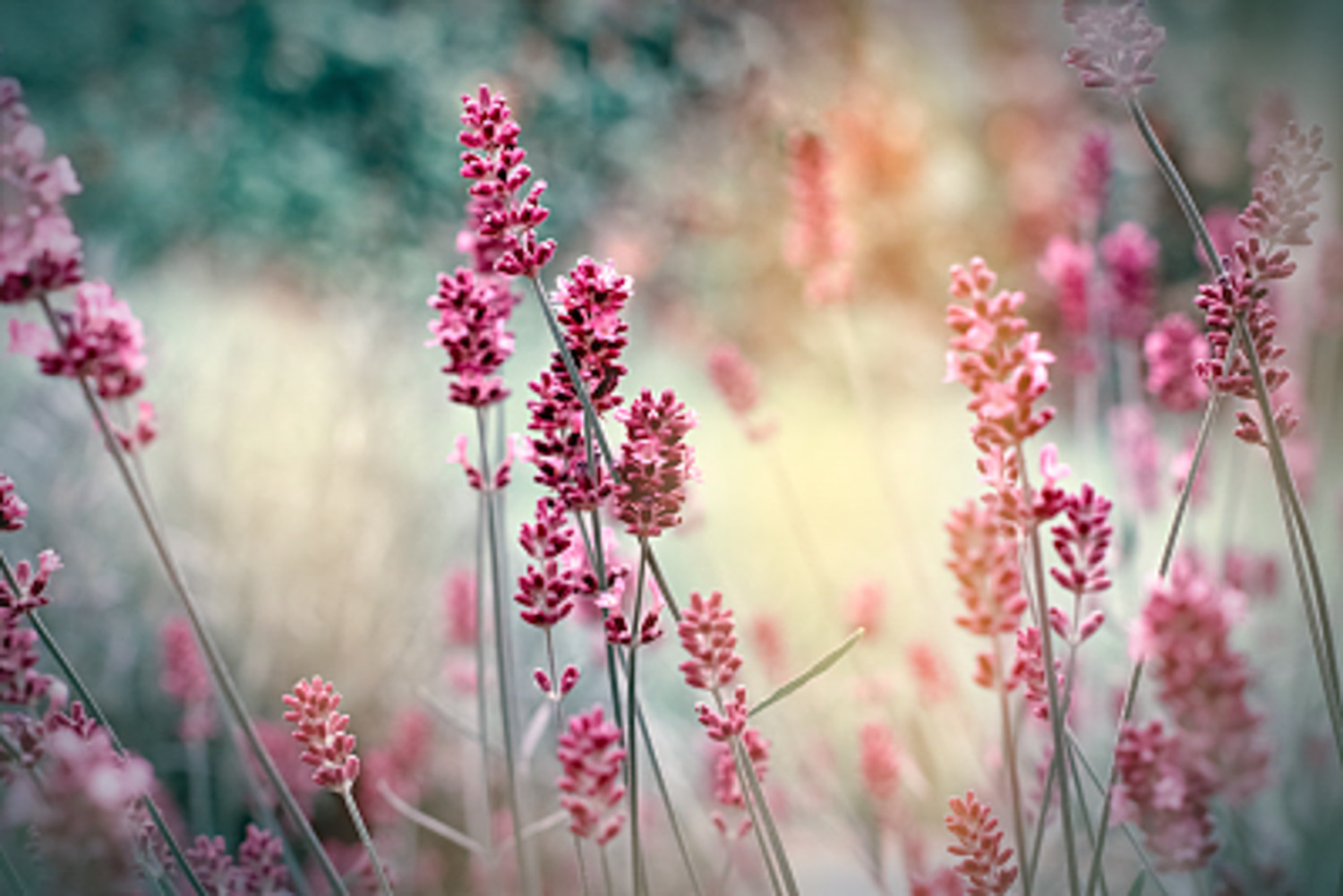1、 Sowing and propagation
1. Sowing time: lavender is usually sown in April. It is easier to germinate when the temperature is between 20-25 ℃. If the temperature is lower than 8 ℃, the seeds cannot take root. Therefore, it is necessary to ensure that the temperature is appropriate

2. Seed selection and germination promotion: germination promotion shall be carried out before sowing. Put the seeds of lavender in the sun, then soak them in warm water at 30 ℃ for 1-2 hours, take them out and put them in a wet paper towel, covered with a layer of plastic film to maintain a certain humidity
3. Pot soil preparation: lavender is suitable for growing in loose and fertile sandy loam. It can be mixed with garden soil, peat soil and river sand, and the ratio of the three is 5:3:2. This kind of soil not only has certain nutrients, but also can ensure good drainage

4. Sowing: put the lavender seeds on the soil surface, cover it with a layer of fine soil, and water it once to provide a humid environment, which can promote the growth and development of seedlings. After the real leaves grow, you can see the light properly
2、 Cutting propagation

1. Cutting time: Lavender cutting is usually carried out in spring or autumn. Because of its strong adaptability, it can also be used at other times as long as the ambient temperature is appropriate
2. Soak the healthy cuttings at the bottom with 10-5 cm of water and take root

3. Cutting with soil: the mixture of river sand and coconut bran is used as the matrix, and the ratio is about 2:1. Insert the cuttings into it, put them in a well ventilated environment and take root for two to three weeks
3、 How many plants are planted in a pot
Lavender seedlings can be planted in a pot, but only one can be planted when they grow up. Too many will affect their growth. Generally, after growing to a certain height, the seedlings can be planted separately

 how many times do yo...
how many times do yo... how many planted tre...
how many planted tre... how many pine trees ...
how many pine trees ... how many pecan trees...
how many pecan trees... how many plants comp...
how many plants comp... how many plants can ...
how many plants can ... how many plants and ...
how many plants and ... how many pepper plan...
how many pepper plan...





























